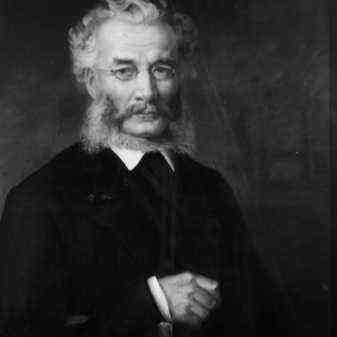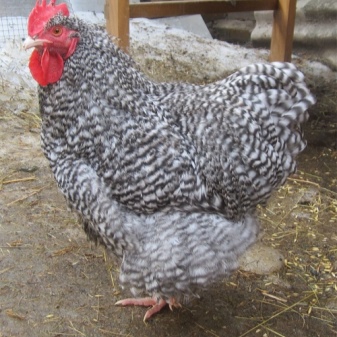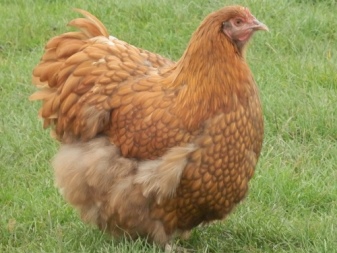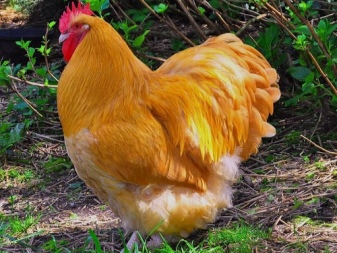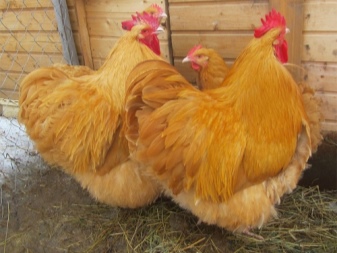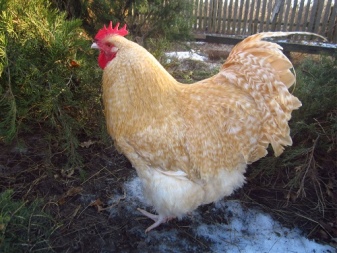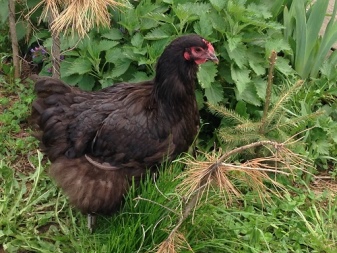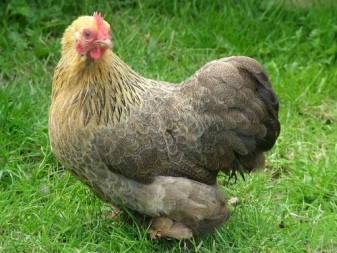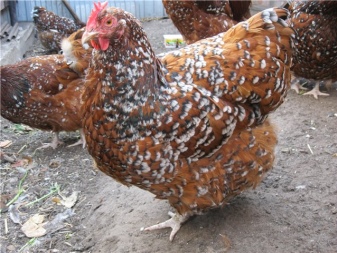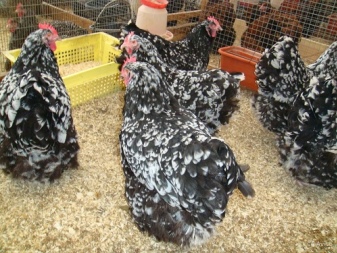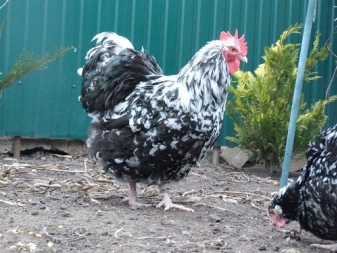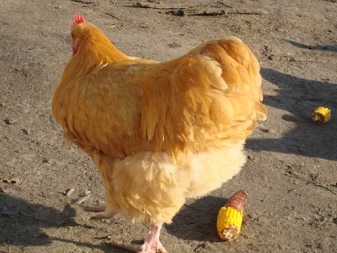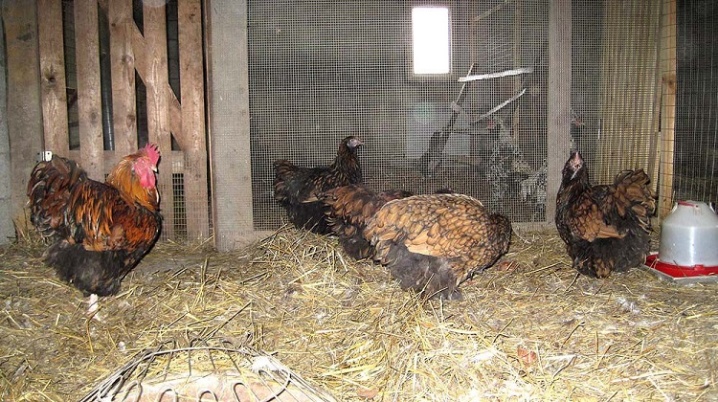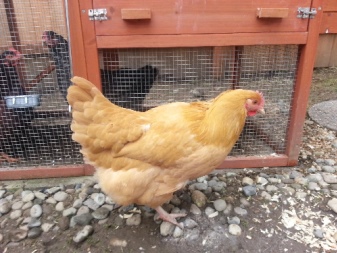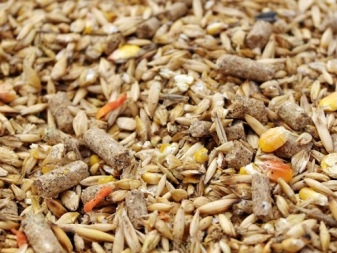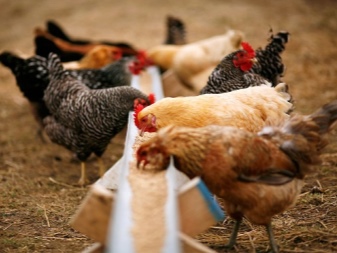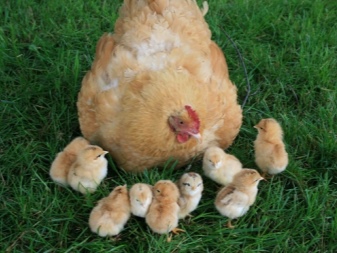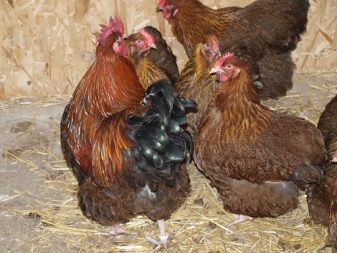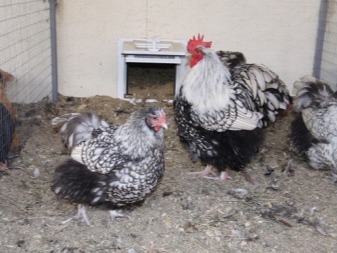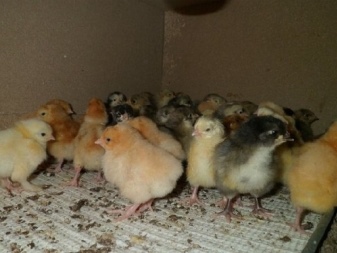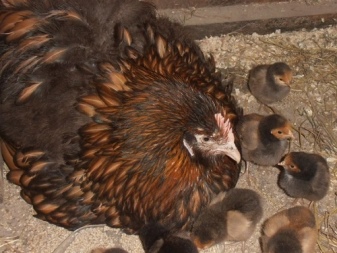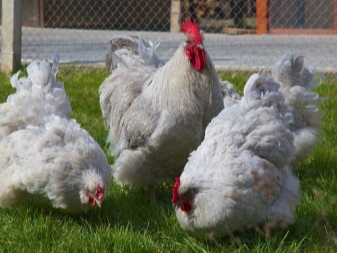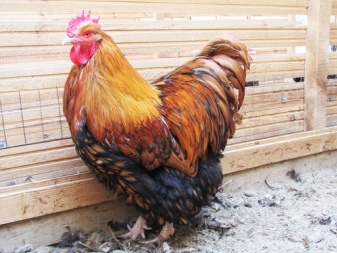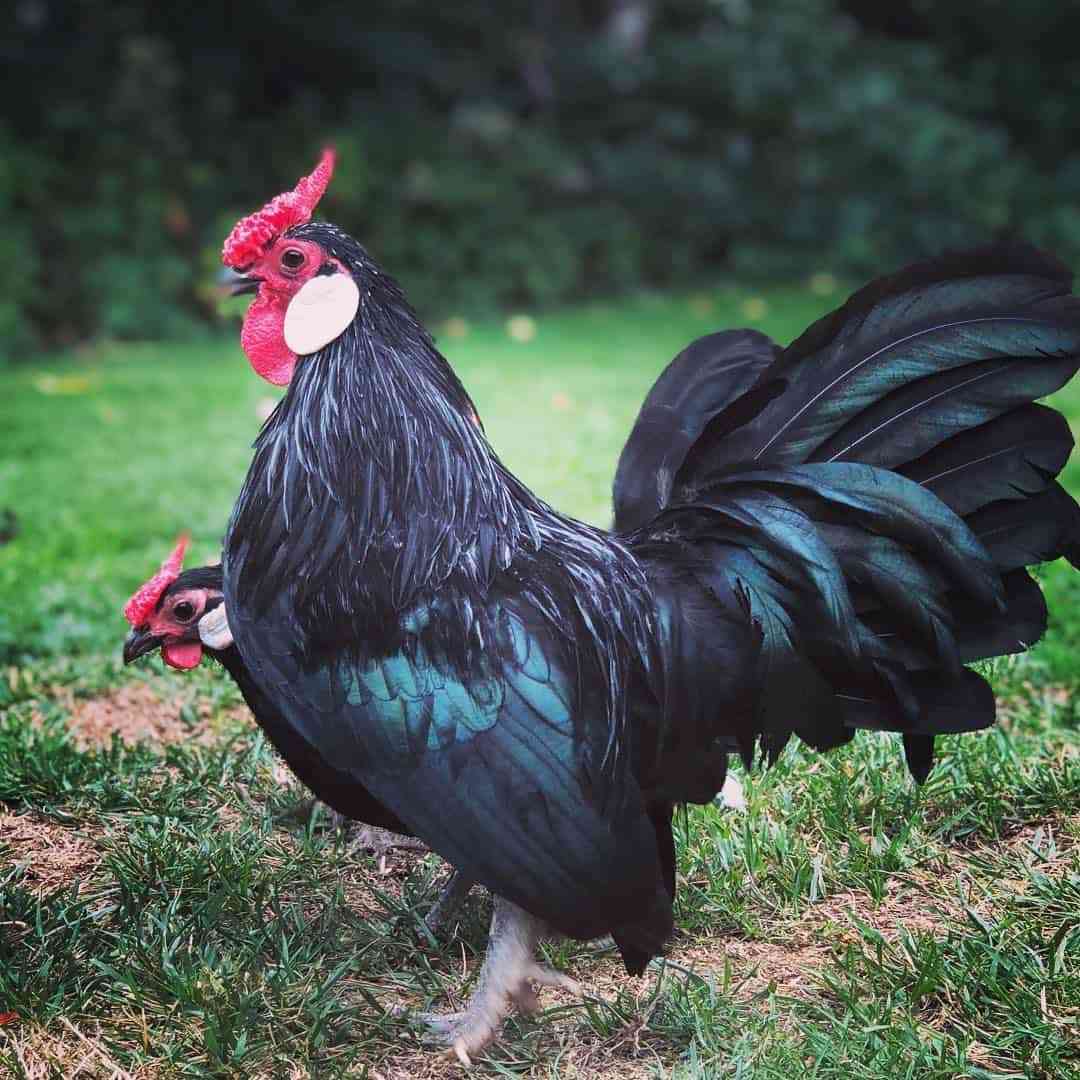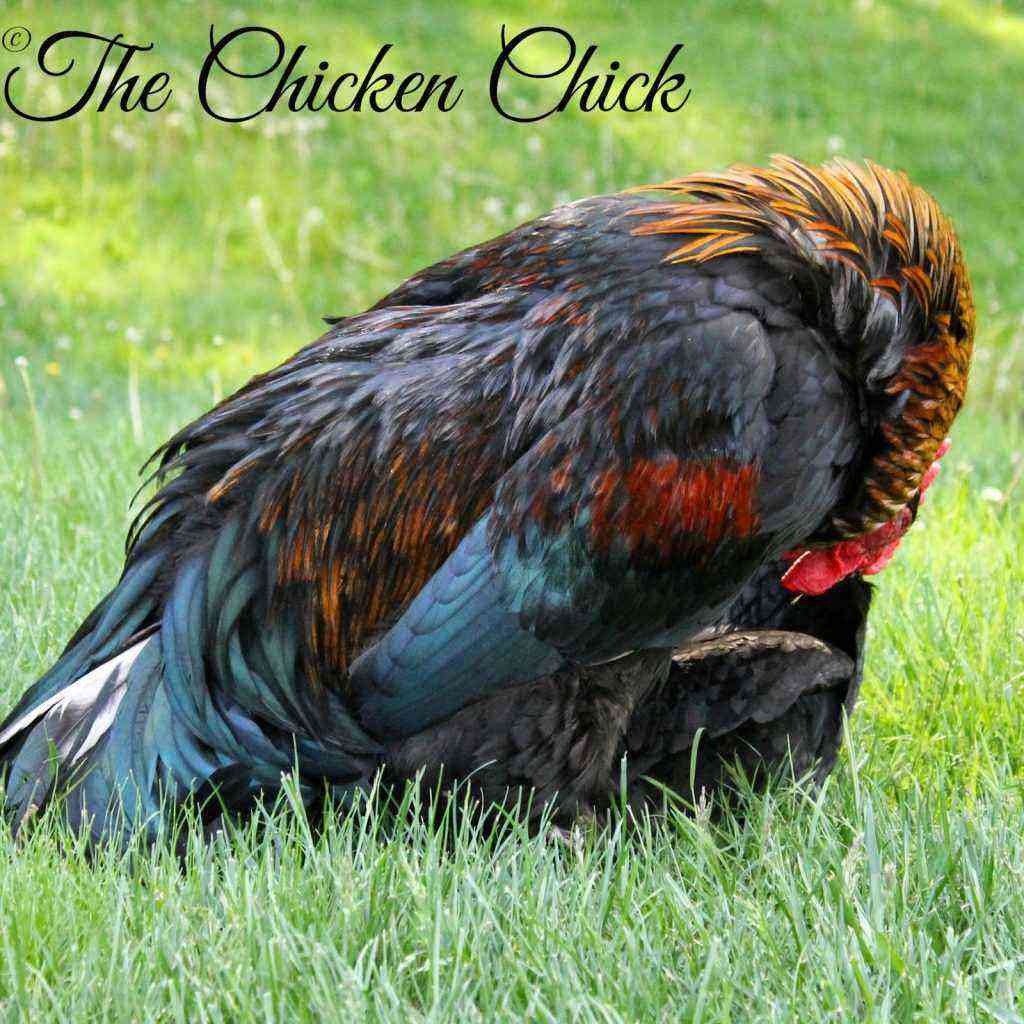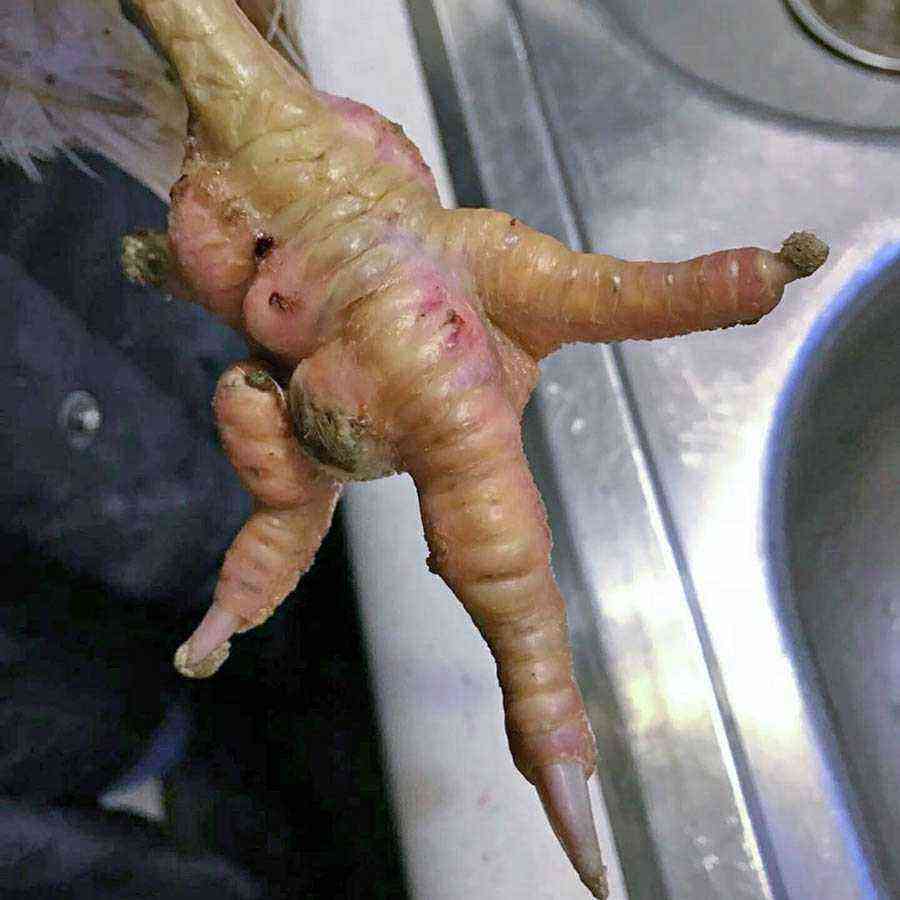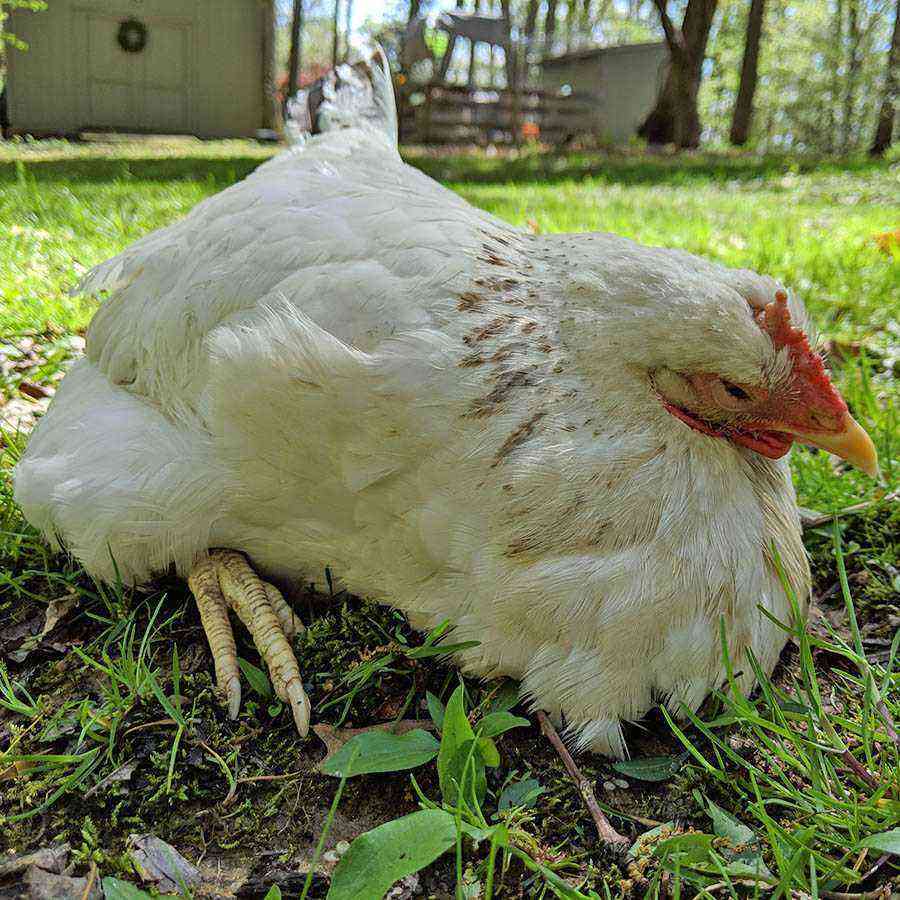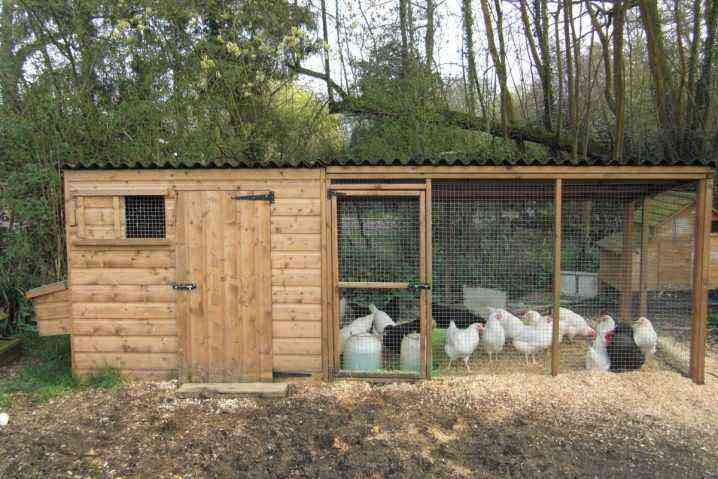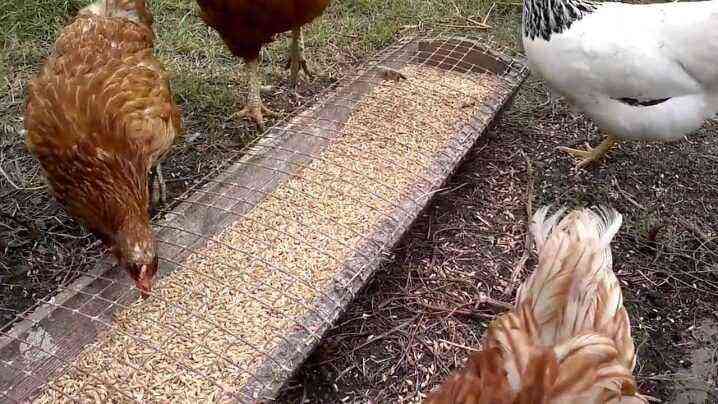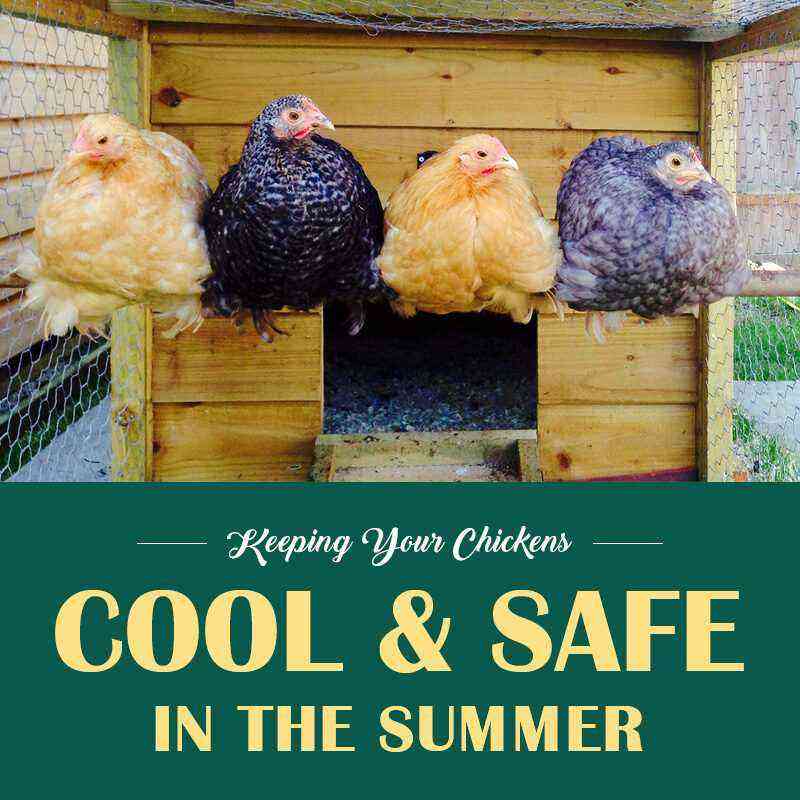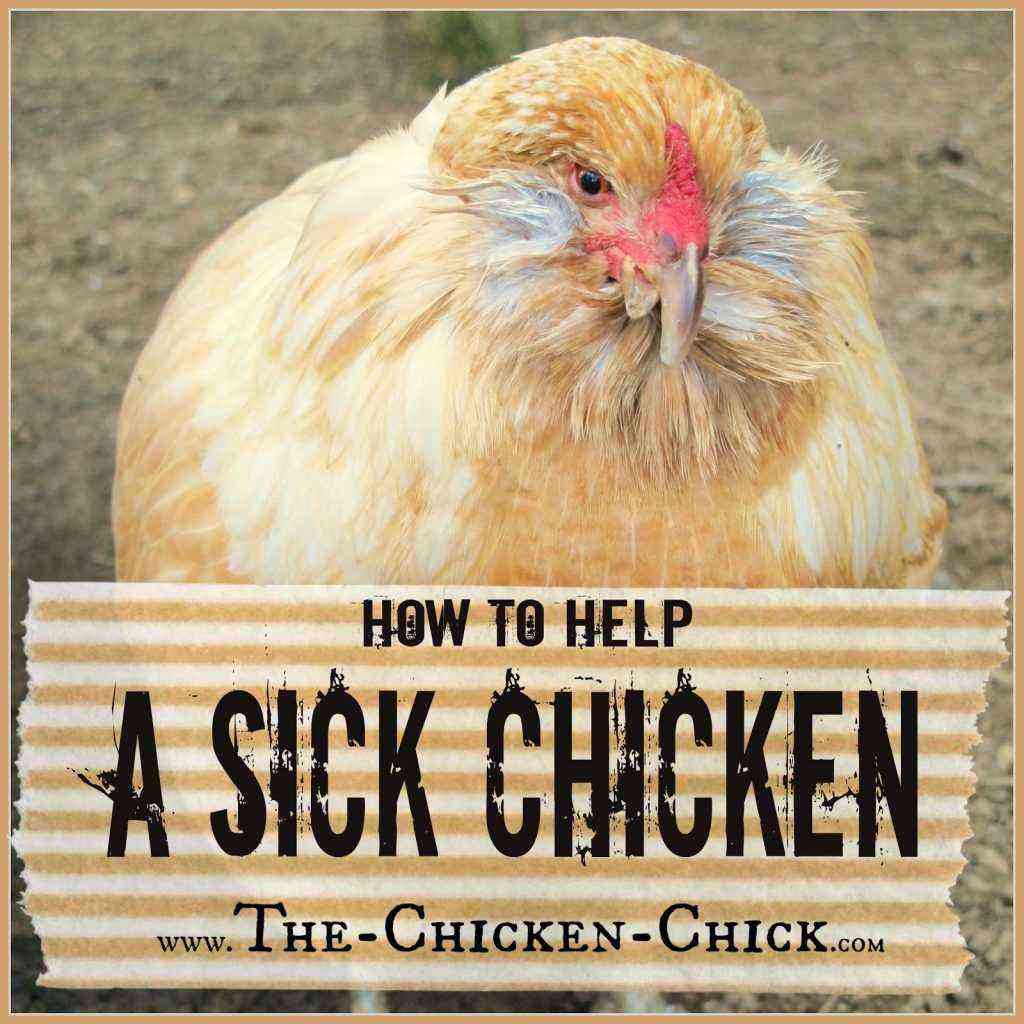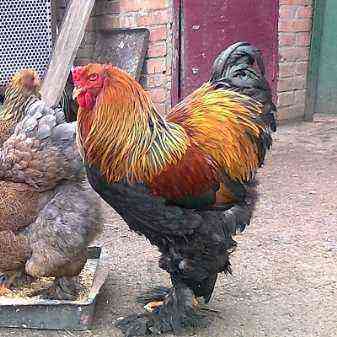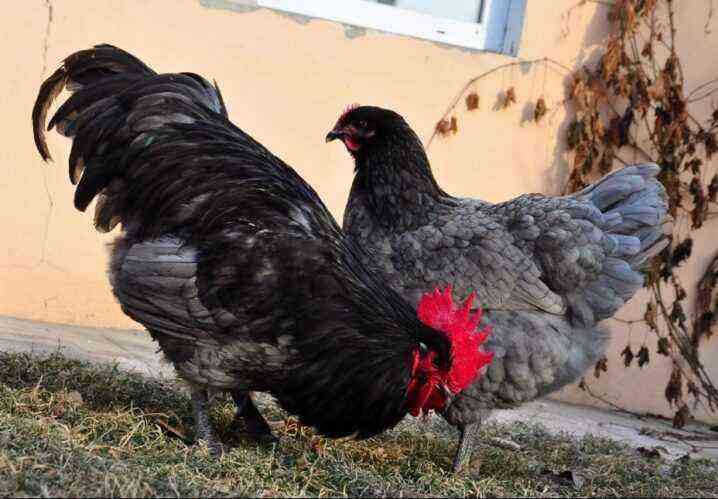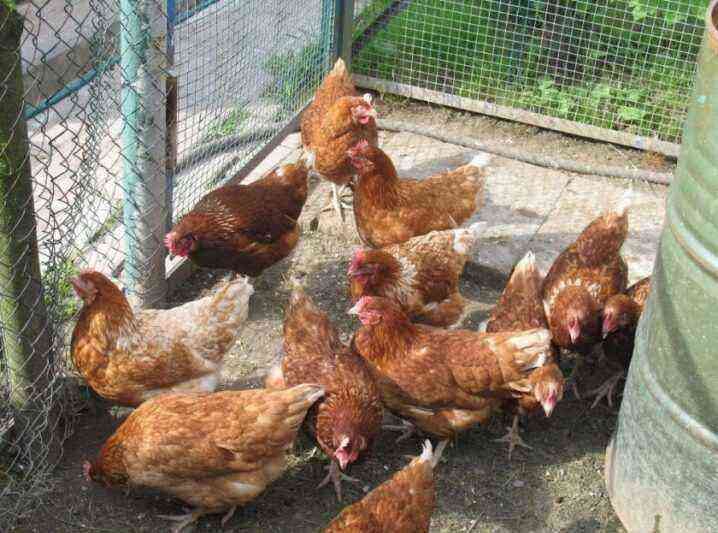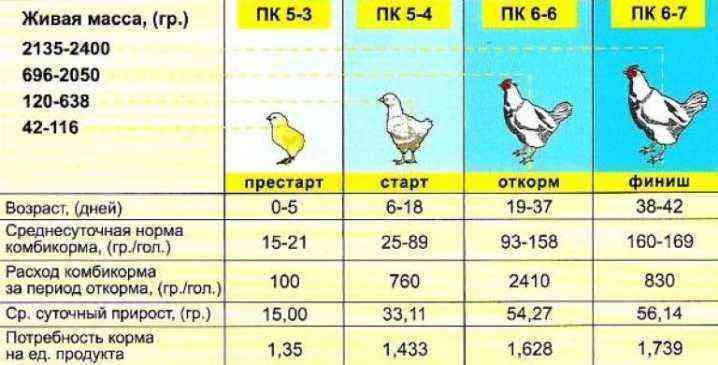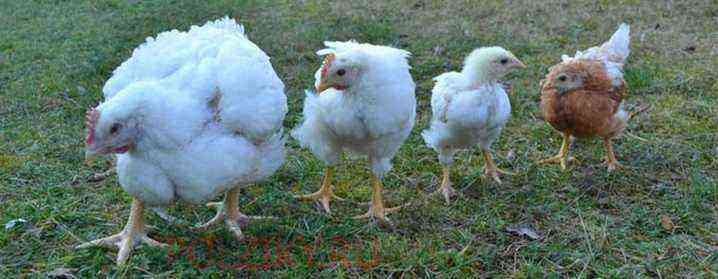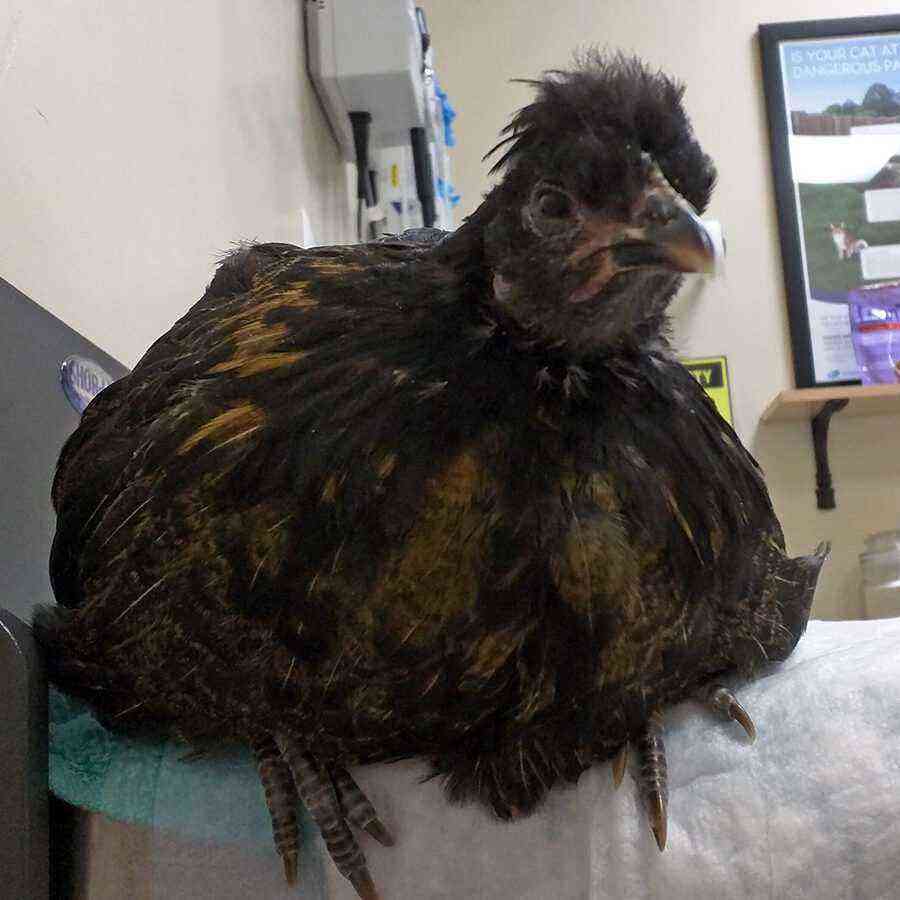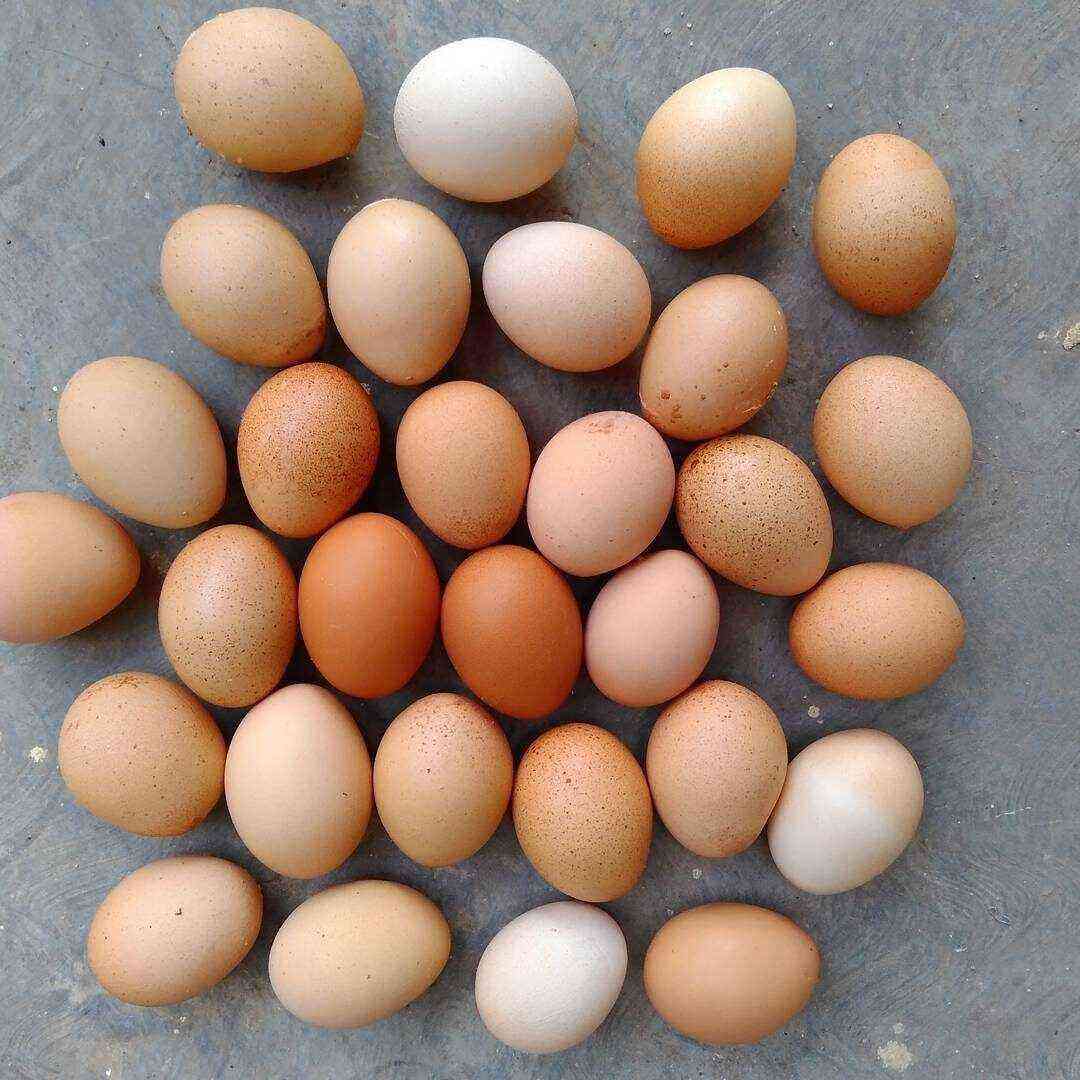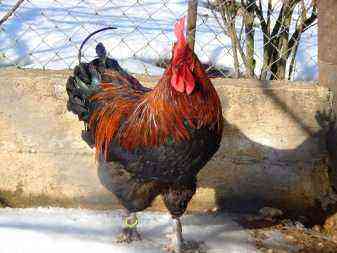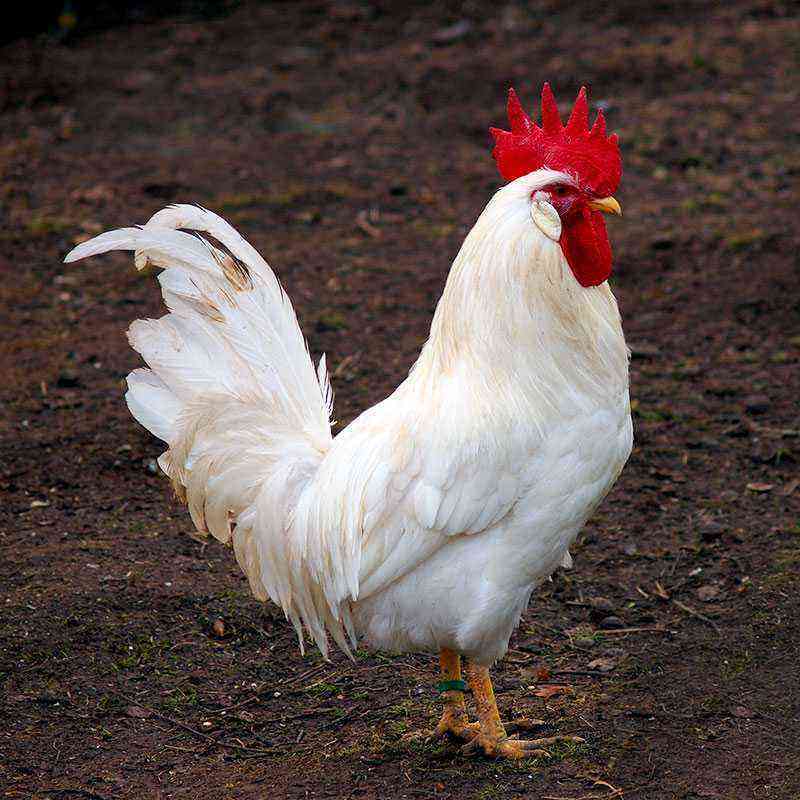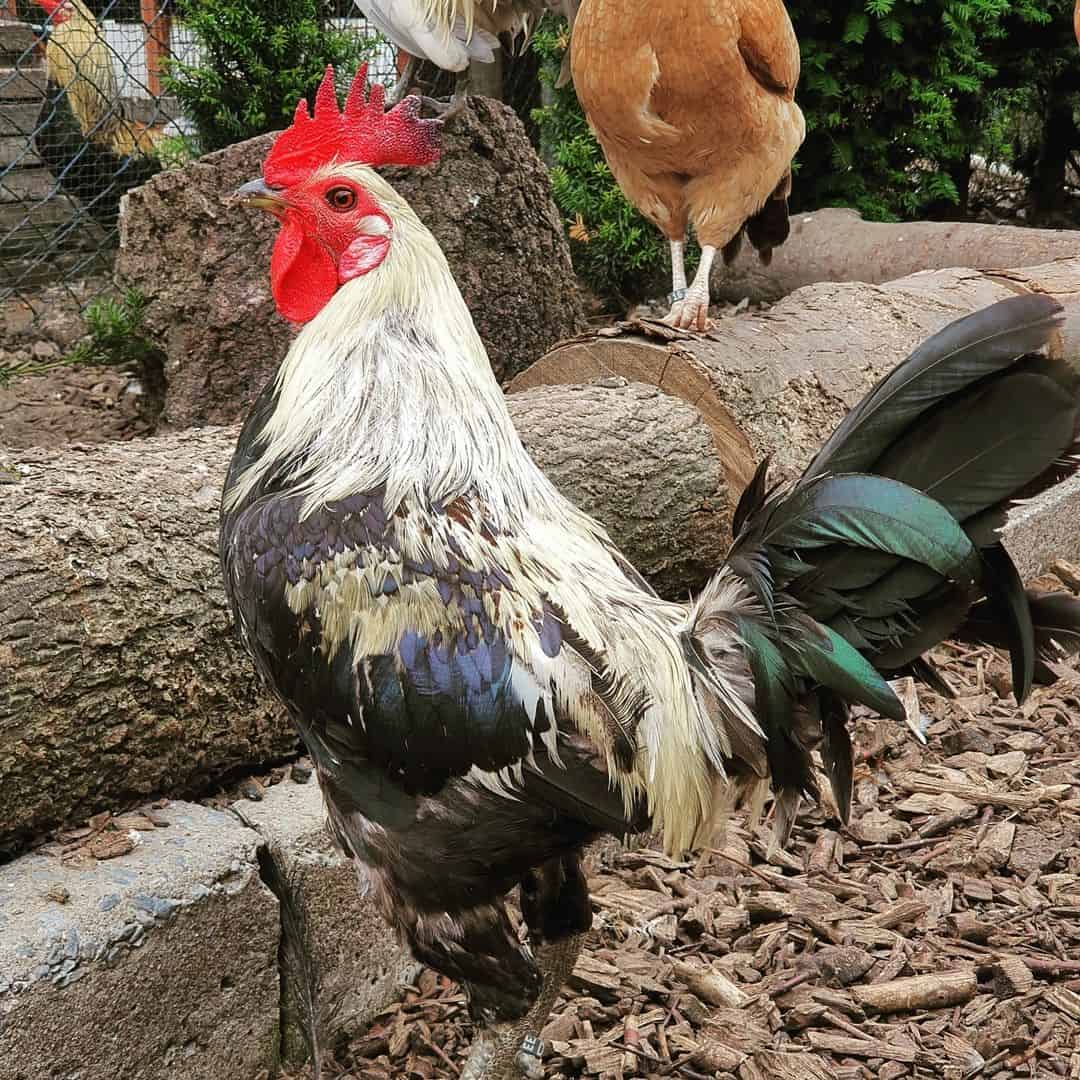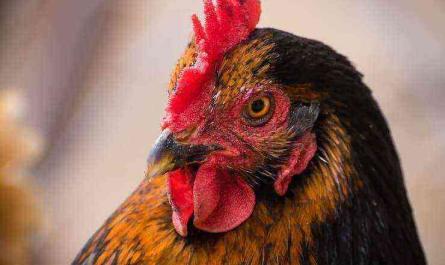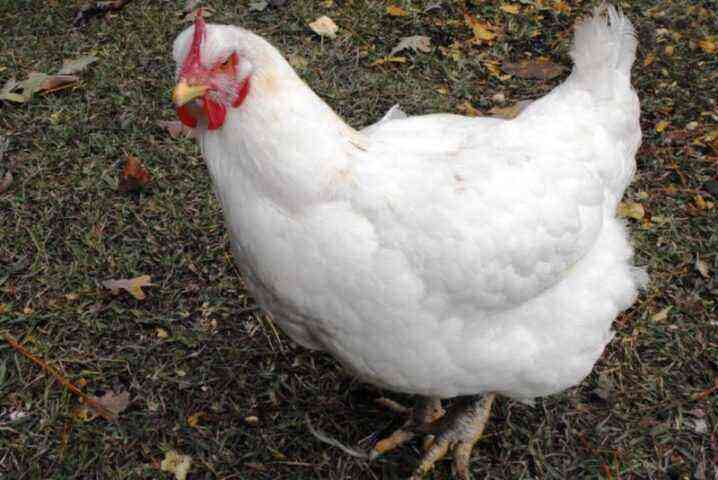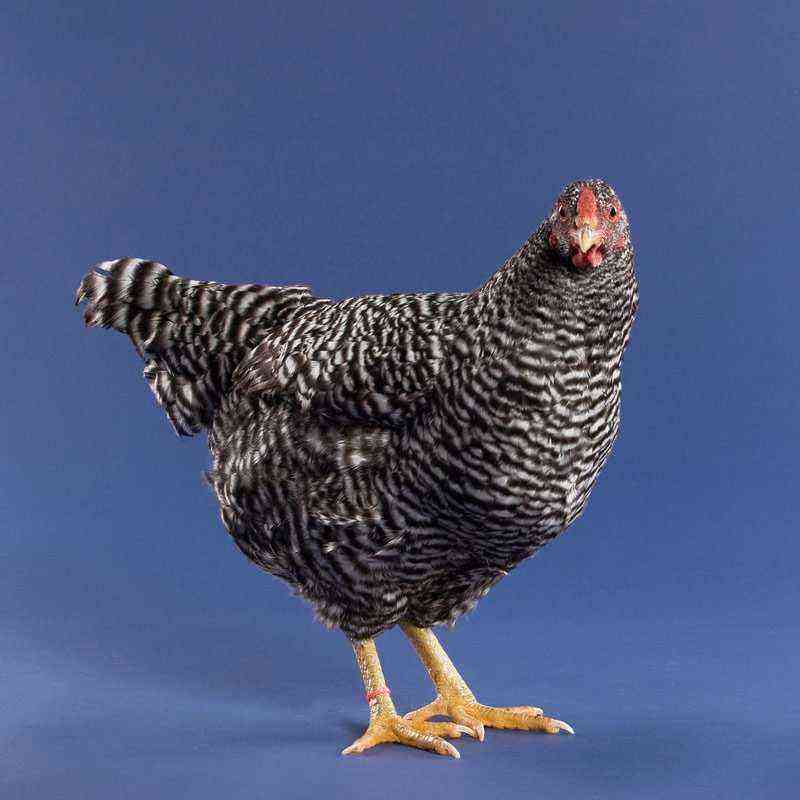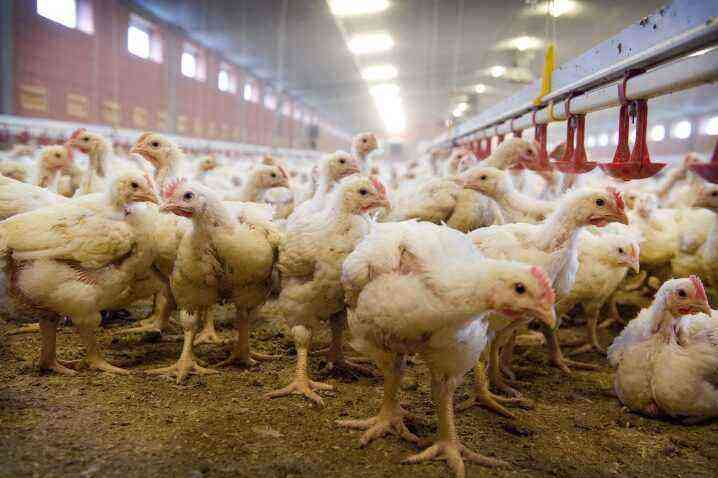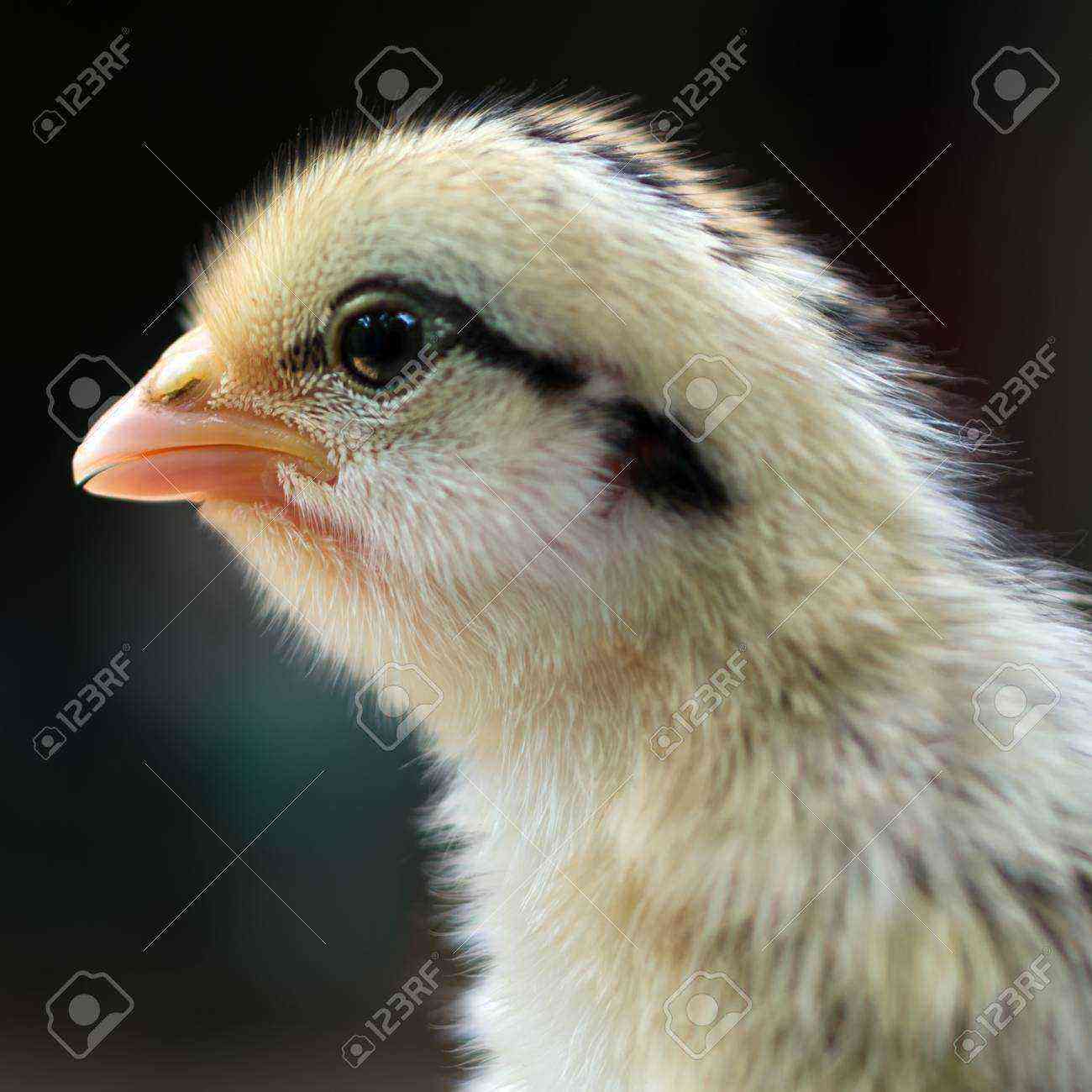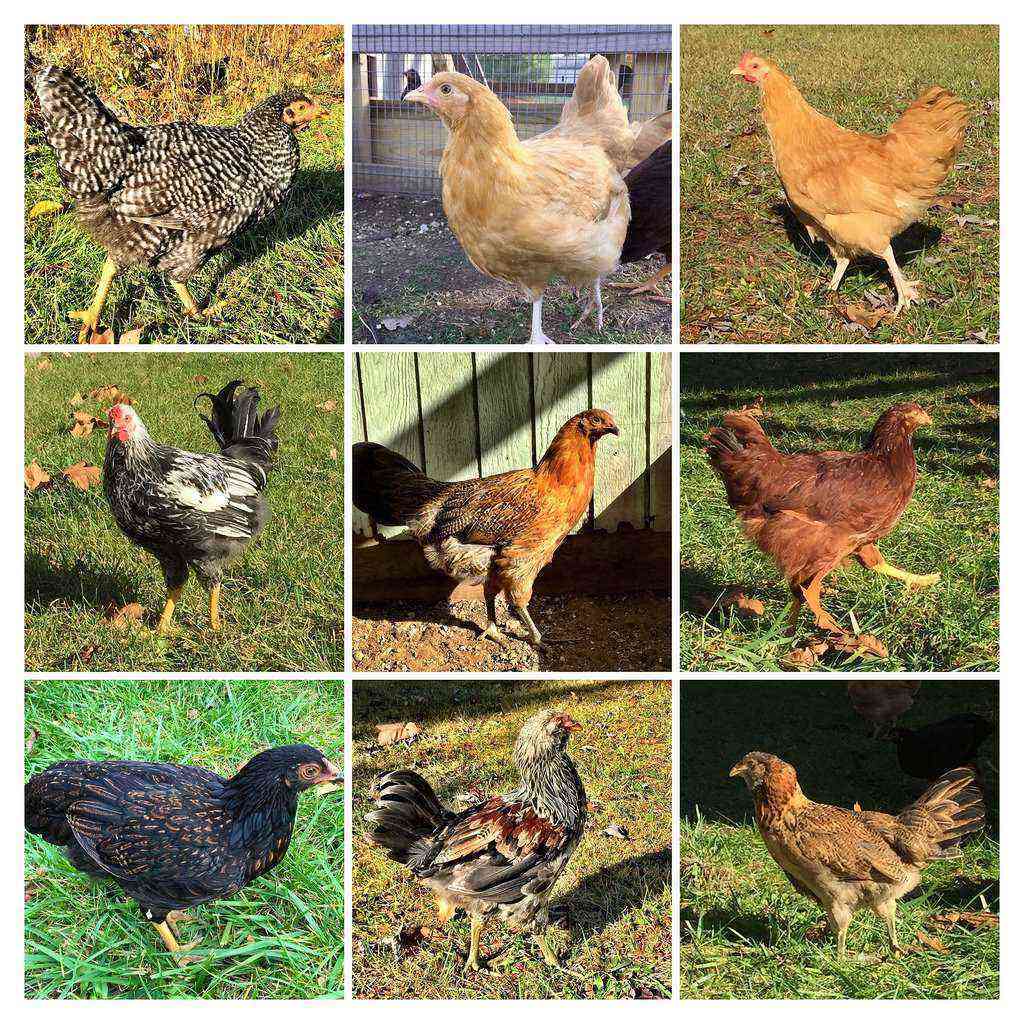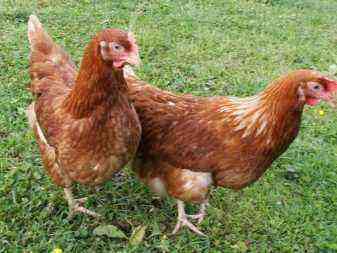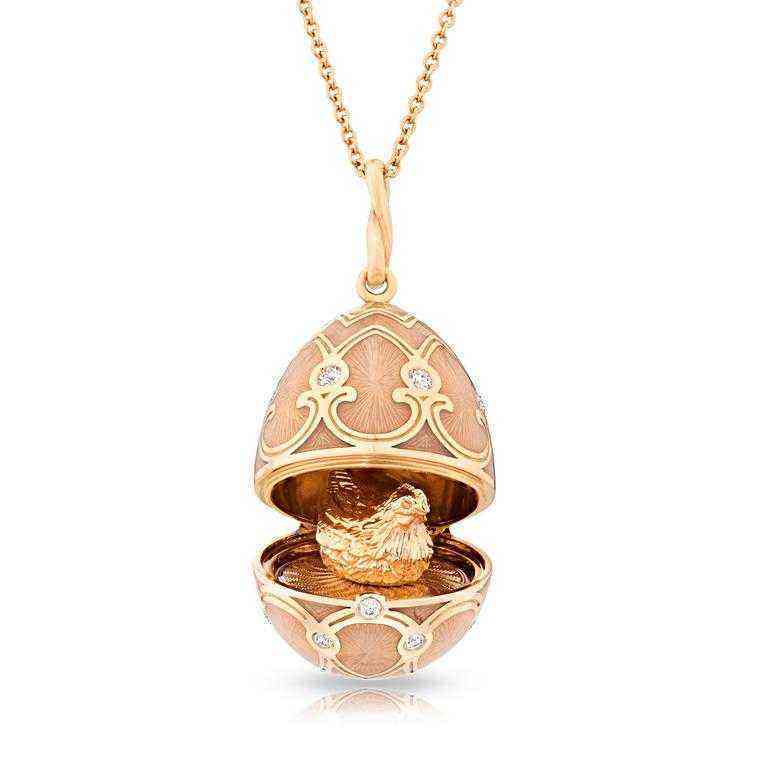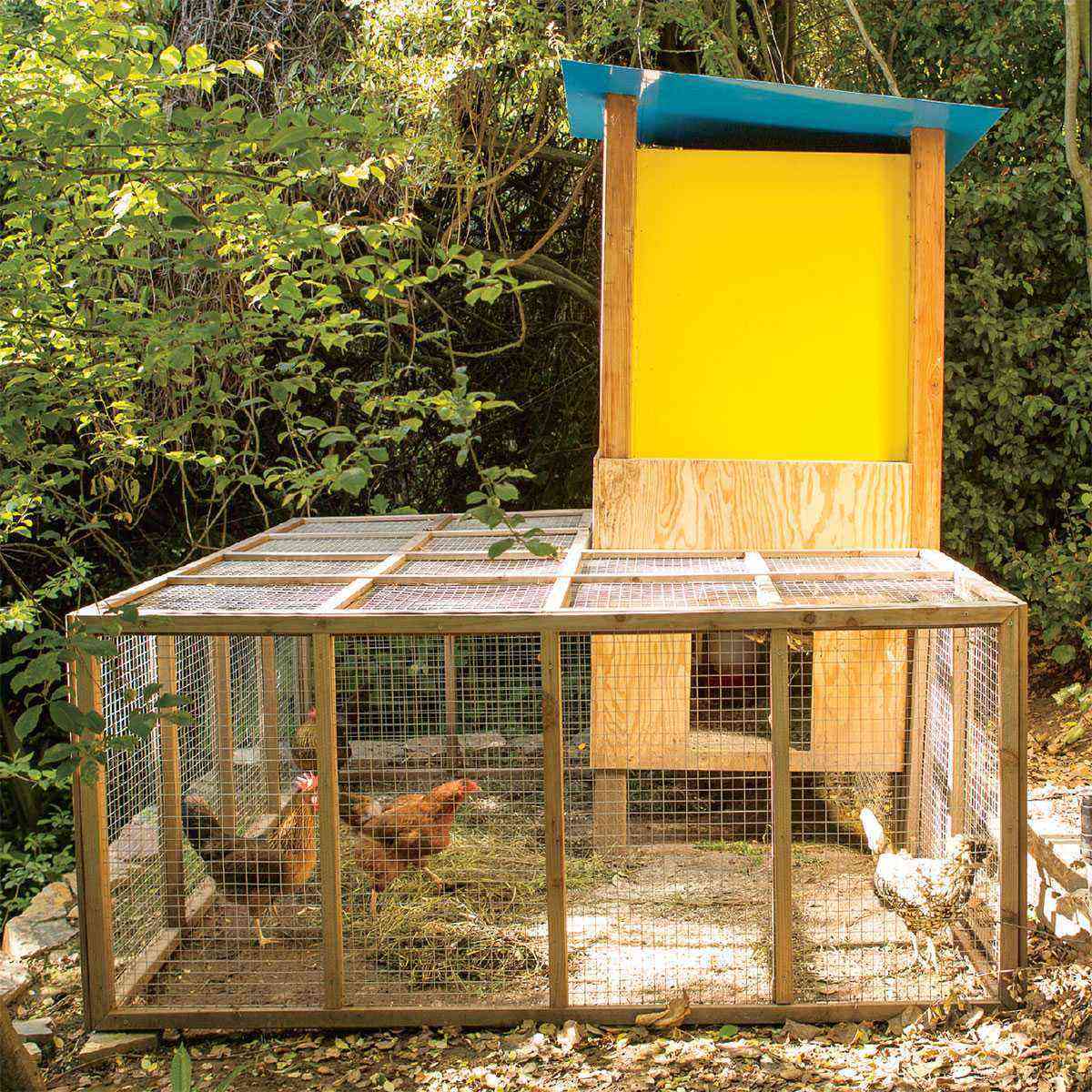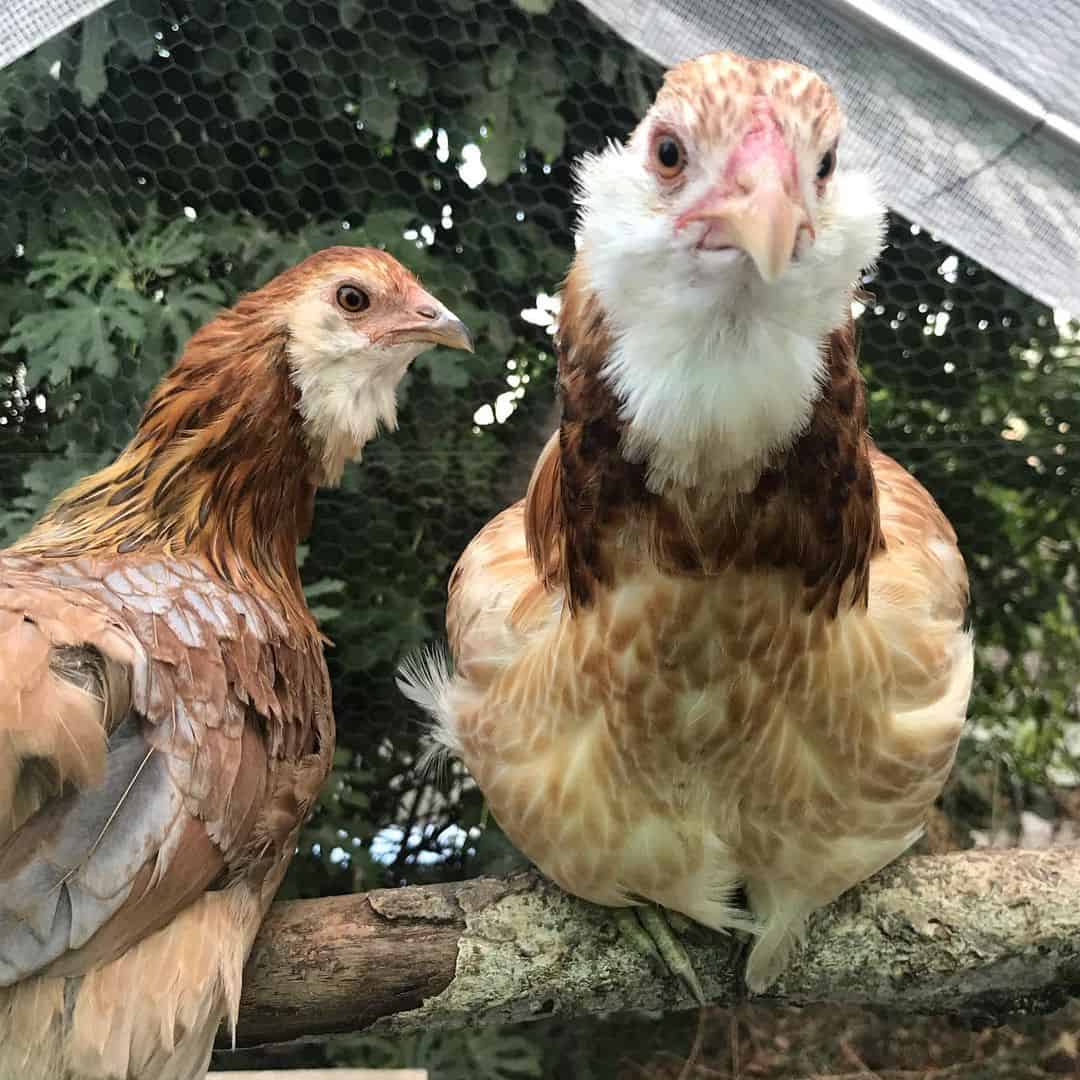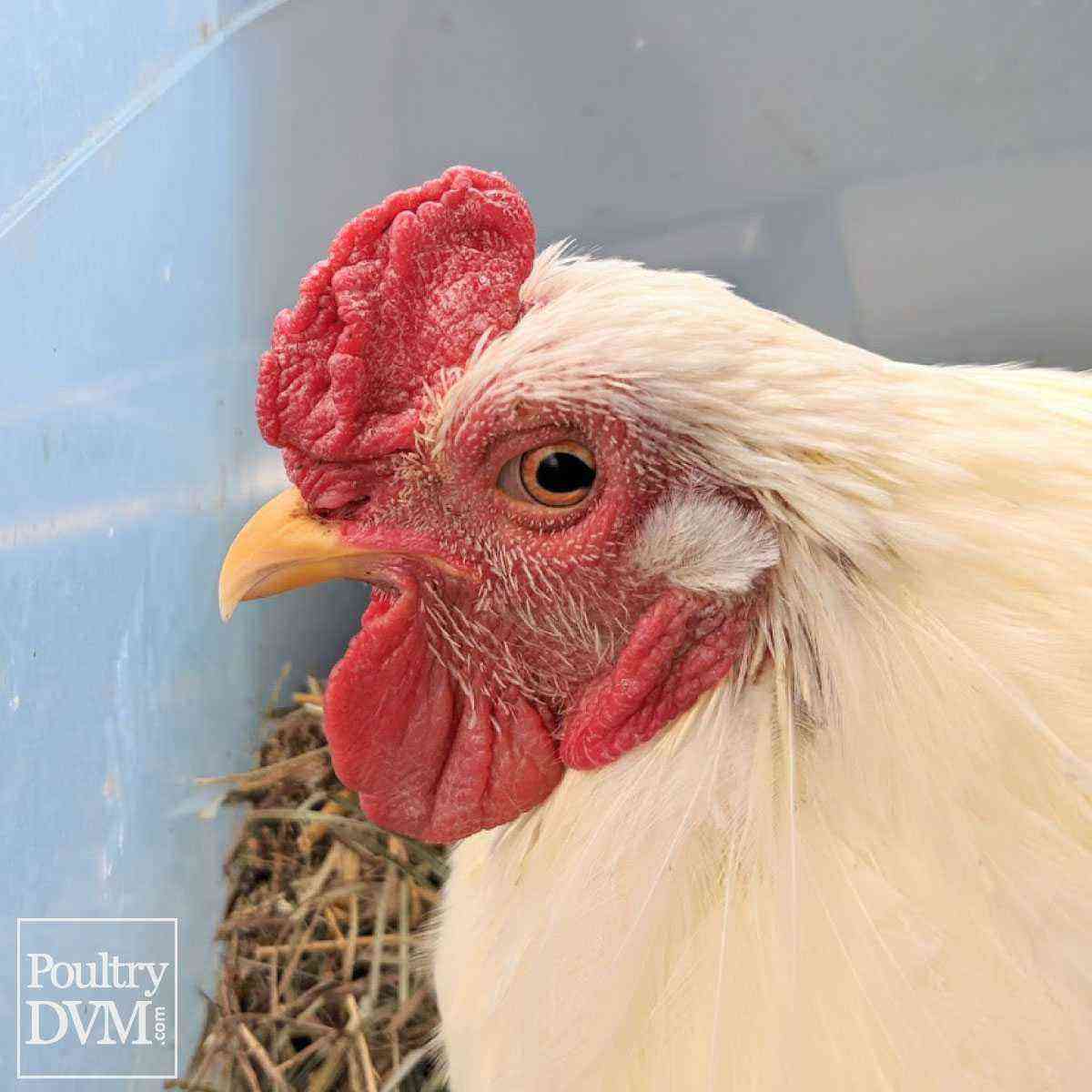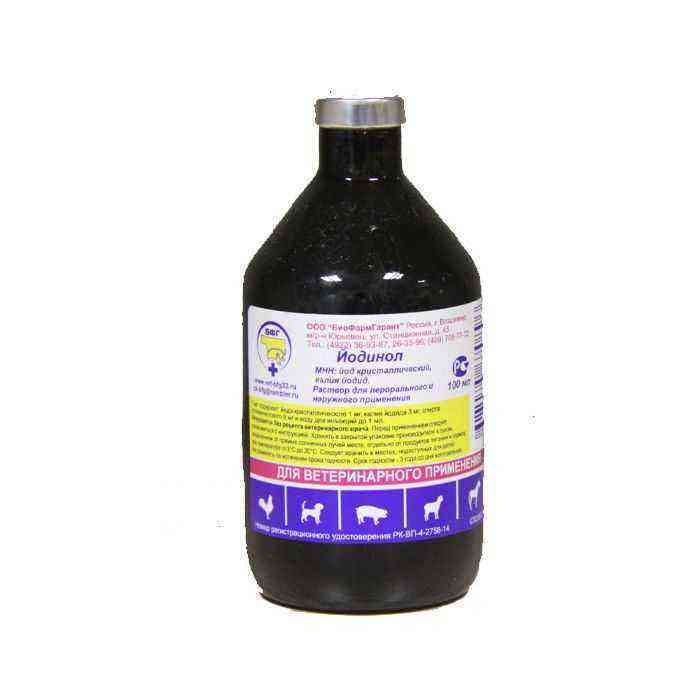A conversation about breeding chickens cannot be conducted without taking into account the characteristics of individual breeds. At the same time, such a variety as orpington deserves attention. It has been bred for quite some time – but still retains its appeal.
Origin and description of the breed
Orpington chickens appeared thanks to the efforts of William Cook, who lived in the English county of Kent. The name of the breed is associated with a nearby city. Its creator aimed to get a universal bird that should appeal to most buyers. Then the priority of consumers was white skin, and yellow was not quoted at all. And the breeder managed to solve the tasks.
Chickens weigh 4-5 kg. At the same time, the rooster can pull up to 7 kg. For 12 months, one animal can easily give 150-160 eggs.
They invariably have a dense shell. The incubation instinct remains unshakable.
Orpington of both sexes is extremely massive, as it is covered with highly developed plumage. The head is relatively small, the neck is moderately long. Anatomically, these two parts are closely connected, sometimes there is a feeling that the head is set low. The chest is very powerful, but at the same time low. Due to the extensive plumage, the broad back appears to be much shorter than it really is.
There is no gap between back and tail. The tail itself, though not too long, but has a large width, a lot of feathers are collected on it. The wings are mostly small and tightly pressed against the body. Characterized by a wide arrangement of strong legs. Orpington ears are red in color.
There are many feathers on the thighs, the legs themselves are bare. The chicken of this breed is stockier than the rooster. Characterized by a clear deflection of the back.
These parameters are standard for the breed. In case of non-compliance with them, the individual is rejected.
To refuse to be classified as an orpington, the following signs are sufficient:
- high chest;
- excessively high landing;
- tail lengthening;
- white or any other (except red) ear holes.
Advantages and disadvantages
The undoubted advantages of orpingtons are the following:
- accelerated weight gain;
- excellent egg production;
- minimal demands on the conditions of detention;
- independent search for food during walking.
Even breeds bred later could not significantly surpass this type. The eggs are fertilized well. The chick hatching rate reaches 93% under favorable conditions. The mass of beige eggs is up to 0,07 kg.
Birds get along with each other and do not conflict too often.
But at the same time, you need to remember the following disadvantages:
- the need to give a lot of food under negative conditions;
- slower weight gain (sometimes taking up to 12 months), compared with the latest breeding achievements;
- the need for a regular change of roosters, otherwise it will not be possible to maintain the purity of the breed.
Varieties
The Orpington breed is considered one of the most graceful of all breeds. Now 11 keys of such animals are known. But in reality, fewer types are used, since some colors are found only in single farms. Black birds are recognized as classics, since William Cook himself brought them out. The following breeds of chickens were used to obtain them:
- plymouths;
- Chinese black langshans;
- black spanish minors.
But the main part of black chickens of this breed was obtained later, by hybridization with cochinchins. However, they are somewhat different from their original form. But that is exactly what the standard has become. To obtain white orpingtons, a different combination was used: leggorns and light-colored cochinchins were hybridized with dorkings. It was the latter breed that was needed to enhance the fleshiness
The white color of the skin helps to improve the presentation of carcasses after slaughter. Together, these circumstances made the light orpington no worse than their black counterparts. The fawn type is also called yellow with a black border or golden. For breeding, the following breeds were used:
- fawn cochinchin;
- dark dorking;
- Hamburg chicken.
The last admixture made it possible to significantly increase adaptation to negative conditions. In the 1905st century, fawn orpingtons are far ahead of both black and white individuals because of this. Even in the most unfavorable circumstances, such birds can produce many eggs and quickly gain weight. The red orpington also appeared a long time ago – it was first demonstrated back in XNUMX. But so far, this subtype has been overshadowed by more successful options.
The bluebird actually has a gray-blue tonality. The main color seems to be diluted with dust and devoid of juiciness. Along the perimeter of all feathers there is a dark slate strip. The purebred blue orpington has the following features:
- should not have spots of a different tone;
- it is painted extremely evenly;
- has dark eyes and a beak similar in color.
Porcelain orpington has other names – tricolor, porcelain and calico. Fawn cochinchins, motley dorkings and golden hamburgs were used for breeding. Mainly brick color. At the ends of all feathers inside the black spot, a white inclusion is noticeable. The tail feather on the tail and on the braid is painted black.
The slightest differences in color are categorically unacceptable, no matter what part of the plumage they touch.
The striped subtype got its name because the main black color is diluted with transverse stripes of light tones. In this case, the light areas will be wider. There are black areas at the ends of the feathers. A characteristic feature of the breed are light beaks and legs. Down also has characteristic stripes.
The marble orpington is mostly painted black. But in the bright sun, a transition to a green suit is found instead. White areas are found at the ends of the feathers. Both beak and legs are white.
The presence of even ebbs of a different color is categorically unacceptable.
Arrangement of a chicken coop
When planning to breed orpington chickens, it is imperative to know the features of caring for them. This breed is prone to active walks. It is imperative to prepare the aviary. This corral is surrounded by nets or fences with a height of 1,5 m or more. Despite the heaviness of individuals, it is better to be safe than to catch a bird in the wild.
An increase in the walking area is welcome. And it’s not just about escape prevention. As the available space expands, health improves and egg production increases. To preserve the biological purity of the breed, it is isolated from other varieties. The slightest dampness is strictly unacceptable. Be sure to take care of such elements as:
- drinking bowls (you can add fresh water to them daily);
- floor pad;
- perches and nests.
When arranging a chicken coop, it is necessary to make a high-quality ventilation system. Since orpingtons are massive, they need very high quality and durable perches. Additionally, special ladders are used. Under the very perches, a litter is laid out in the form of a thick layer of straw, which will help to avoid injury to accidentally fallen birds.
A layer of lime is placed under the straw. It will help reduce humidity, which is extremely dangerous for chickens. With the right performance of all work, you can safely keep orpingtons even in the winter months. Laying out of any materials is carried out only in a dry state.
Therefore, it is recommended to harvest them in the summer.
Instead of straw, peat or sawdust can be used as bedding. Both are systematically changed, as organic matter quickly decomposes. But if the litter is quite deep, it does not need to be changed. Any underlying material should cushion when walking. The minimum thickness is 0,08 m in cold weather and 0,06 m in summer.
You can not build a chicken coop, putting the roof below 2 m above the ground. Otherwise, it will simply be inconvenient to work there, and the birds themselves will feel bad. Humidity should not exceed 25%. You need to expose drinkers at chest level of an adult chicken. Feeders are mounted 0,02–0,05 m higher than drinkers.
What to feed?
Feeding orpingtons is quite difficult. The breed is greedy. It is necessary to constantly limit the diet, because due to obesity, birds can produce fewer eggs, and their fertility is reduced. Moreover, fatty meat loses quality. Meals should include at least 5 types of grains, but compound feed cannot be added.
Food is given twice a day, to be exact: in the morning and around 15:XNUMX. Egg production will be ensured in the presence of calcium in the feed. Additionally, its stock is replenished with chalk, shells and limestone. Reducing the daily portion or transferring the bird to a lighter option helps to cope with incipient obesity.
But if the problem has taken a serious turn, you will have to turn to professional veterinarians.
Breeding
To get more chicks, you need to exceed the default recommended number of roosters. This also contributes to improving the quality of livestock, but only, of course, when using thoroughbred specimens. For incubation breeding, only eggs with a very even shell and with a uniform color are selected. It is best if they are demolished 5-7 days ago.
Initially, the eggs that are the cleanest are selected in the incubator. But washing is not very good. In order for chickens to hatch better, it is necessary to maintain high humidity in the room. It is increased by the use of sprayers. It is useful to mix a small amount of iodine into the spray water.
Young livestock are fed with crushed boiled eggs, corn grits, onions and nettles. You can use garden greens. In the first 10 days, the bird is fed 12 times a day, later from 6 to 8 times. The slow growth of some individuals should not be frustrating at first; the situation will improve soon. Initially selected eggs should not have even small flaws and deviations from the normal shape. These specimens need to be transferred for 5-7 days to a dry, cool place.
It is necessary to water young birds with strictly boiled water, which must be cooled. You can introduce sour milk and glucose into the diet no earlier than 14 days. Only starting from 2 months old orpington should be fed in the same way as adult chickens. Benefits at this time bring dandelions and knotweed. As soon as the breeding season comes, you will have to give up high-calorie grains. Chickens need to be kept on dry litter, maintaining a high temperature in the coop. A prerequisite for success is good lighting.
The breeding stock of Orpingtons is kept separate from the main body. For him, a separate aviary is assigned. When selecting eggs, it is recommended to use an ovoscope. Nests in the breeding aviary are systematically cleaned and inspected. Otherwise, you can be afraid of crushing the eggs laid by the hens themselves.
Young livestock urgently needs the prevention of infectious diseases. For this purpose, they usually use antibiotic “Enrofloxacin”. In addition to it, they always give glucose. Vitamin preparations are introduced into the diet from the sixth day of chick development. Otherwise, if the situation is normal, you can limit yourself to just balanced feeding.
Should use only food from well-known manufacturers with a good reputation. Whole grain food that has a long shelf life and contains no impurities is ideal. In the warm season, it is recommended to change the water in the drinkers for chickens at least 3 times a day. It is useful to equip a separate feeder with shell rock, pieces of limestone and eggshells. These components allow the young to make up for the calcium deficiency, otherwise the bones will not form normally.
Reviews
English Orpingtons receive positive ratings from owners. They are considered a beautiful and calm bird. A somewhat aggressive look should not be misleading. Despite the low egg production, the appearance will completely block all weaknesses. But at the same time, problems can be associated with breeding birds.
Chicken care is difficult. When an adult bird comes to replace the kids, it will bring a lot of joy. It will be difficult even to believe that it was once a tiny nondescript chick. But it must be remembered that determining the sex of newly appeared individuals does not work for a long time. The meat of even relatively young specimens is very tasty.
Possible illnesses
The main problems are associated with illiterate breeding of orpingtons. To avoid diseases, it is required to exclude feeding with food intended for other birds. Bird flu, tuberculosis, and parasitic infections are of great danger. Nor should the risk associated with Marek and Newcastle disease be underestimated. If an Orpington is ill with any of these disorders, then treatment is impossible in principle.
The health of chickens is maintained by an optimal climate – the temperature is not lower than +18 degrees. Hypothermia leads to the appearance of various ailments. If, nevertheless, some kind of disease has occurred, the affected individuals are isolated and tried to be cured individually. During the year, the chicken coop is disinfected twice and washed with hot water. The cause for alarm is the molt, which does not correspond to the season, as well as the unusual geometry of the eggs.
You can find a detailed description of Orpington chickens below.
